Kieron’s Recommended Photography Books
Here are some fabulous photography books that I love, all of which are available on Amazon both in the UK and USA. If you find that a link no longer exists, please do let me know and I will replace it as soon as I can.
If you do go on to Amazon through one of these links, have a browse around their photography books selection. These are simply my choices.
I realised as I was compiling this list for you that these books are almost all by ‘Old Masters’; i.e. people who have influenced photography over the course of the 20th century. All these photographers worked exclusively with analogue cameras, the exception being Jillian Edelstein, who uses a mix of digital and analogue and is very much a 21st century photographer.
I will add books by contemporary photographers as we go along, and if you have any suggestions for photographic books you love, I will gladly consider them for inclusion on this page (with your name, if you like)
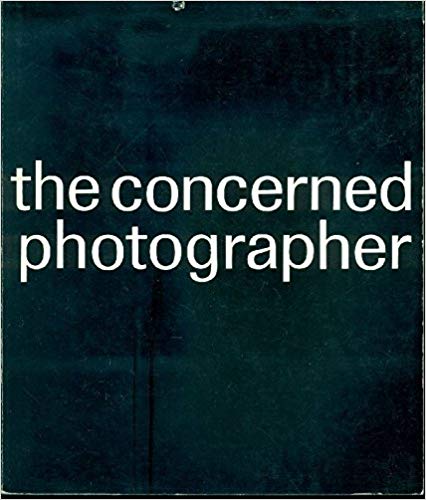
The Concerned Photographer
I think this may have been the first photographic book I ever bought. I believe I got it in 1971, having found it in a bookshop in London’s Charing Cross Road. It introduced me to the work of Robert Capa, Werner Bischof, André Kertész, David Seymour, Daniel Weiner, and Leonard Freed – all of them star names in the world of photography – especially photojournalism. In 1947, scarred by their experiences in World War 2, these men founded the famous Magnum Agency, which is still going strong today.
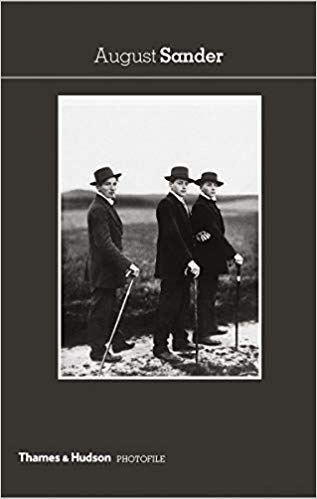
August Sander (Photofile)
August Sander was a German photographer, and he’s probably my favourite photographer of all. I found this in a bookshop in New York on my first visit in 1980. His work has had a deep influence on my own work, especially in the way he sometimes positions his street subjects slightly off centre. I was lucky enough to see a beautiful exhibition of his work in Florence at Christmas 1996.
The edition at Amazon USA looks slightly different, but still well worth a look, and they have used copies on sale from just $8.
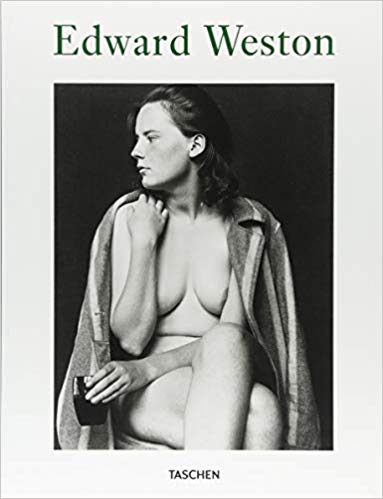
Edward Weston Paperback
I found this book (in a slightly different edition) in the same bookshop in New York where I bought the August Sander volume mentioned above. Weston is widely regarded as one of the masters of 20th century photography. He used mainly very large format cameras (10×8 inch negatives) which give a phenomenal amount of detail and gradation of the Black & White scale.
I find him very painterly and perfectionist in his work. A master technician and a great artist.
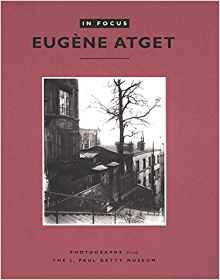
In Focus: Eugène Atget – Photographs From the J. Paul Getty Museum
Atget was a pioneer of documentary photography, noted for his determination to document all of the architecture and street scenes of Paris before their disappearance to modernisation. He also made many fabulous portraits of street performers, workmen and women, prostitutes, artists. He was highly regarded among the artistic community, and he was a special favourite of the Surrealists, although he never called himself a Surrealist.
I was blown away the first time I ever saw any of his pictures, and I could still spend a whole day looking through his work.
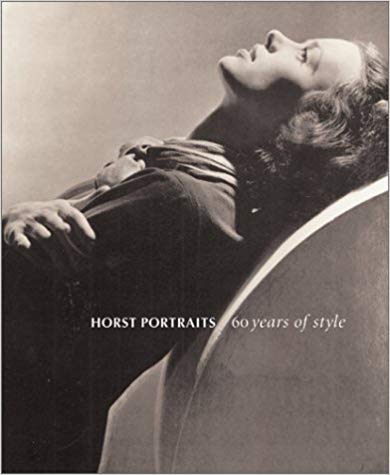
Horst: Portraits
You probably know Horst’s work already, although you may not realise it. His ideas have been ripped off so often, and people often don’t realise where the inspiration came from.
Much of his work has been done in the studio, very carefully posed and lit. The range of tones he gets in black & white is extraordinary.
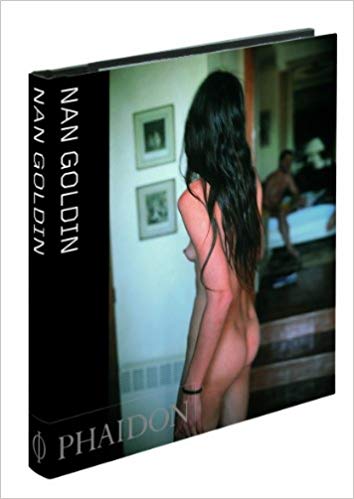
Nan Goldin
I’m quoting here from Wikipedia: “Nancy “Nan” Goldin is an American photographer. Her work often explores LGBT bodies, moments of intimacy, the HIV crisis, and the opioid epidemic. Her most notable work is The Ballad of Sexual Dependency, which documents the post-Stonewall gay subculture and Goldin’s family and friends.”
I think she’s a brilliant photographer, who gets right up close and very intimate with her subjects, literally and metaphorically.
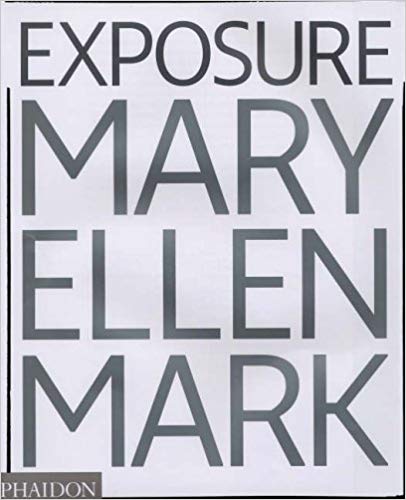
Exposure: The Iconic Photographs of Mary Ellen Mark
Mary Ellen Mark is an icon in modern photography. Her work inspired viewers for decades and she is known for documenting eclectic personalities of people around the world who would otherwise go unknown and forgotten. Primarily working in black and white, she is one of the best-known female photojournalists.
Her subjects include dancers, circus performers, street children, Irish travellers, pilgrims … she’s always inspired me to look for the off-beat, in people, situations, stories not yet told. Looking through some of her images for this piece, I got all over again what a brilliant photographer she was.
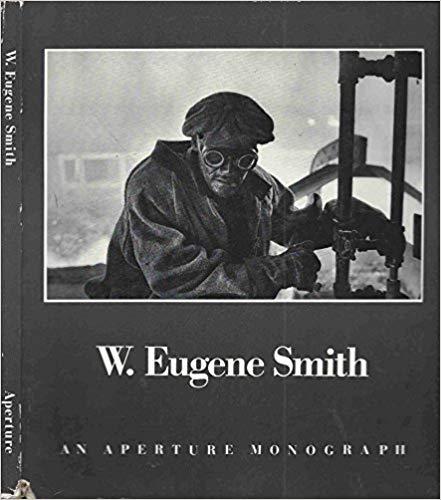
Eugene Smith: His Photographs and Notes
Smith has been described as “perhaps the single most important American photographer in the development of the editorial photo essay.” His major photo essays include World War II photographs, the dedication of an American country doctor and a nurse midwife, the clinic of Dr Schweitzer in French Equatorial Africa, the city of Pittsburgh, and the pollution which damaged the health of the residents of Minamata in Japan. His 1948 series, Country Doctor, photographed for Life magazine is now recognized as “the first extended editorial photo story”. A true original and a true great.
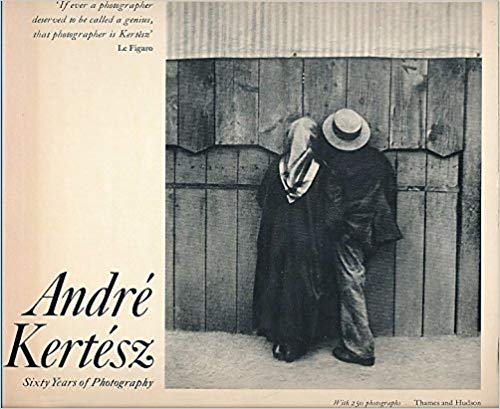
Andre Kertèsz: Sixty Years of Photography
When I first saw some of Andre Kertèsz’s photographs, I was literally blown away. I genuinely thought I would never see better.
Kertész was a Hungarian-born photographer known for his ground-breaking contributions to photographic composition and the photo essay. In the early years of his career, his then-unorthodox camera angles and style prevented his work from gaining wider recognition. Kertész never felt that he had gained the worldwide recognition he deserved. Today he is considered one of the seminal figures of photojournalism.
I still absolutely adore his work.
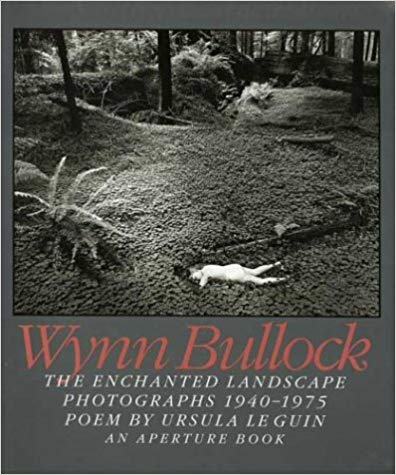
The Enchanted Landscape: Photographs, 1940-75
Wynn Bullock was an American photographer whose work is included in over 90 major museum collections around the world. He received substantial critical acclaim during his lifetime, published numerous books and is mentioned in all the standard histories of modern photography.
This book of his photographs consists of many semi-abstract moody landscapes, usually devoid of people, and sometimes including a nude or a child. They are all very beautiful images.
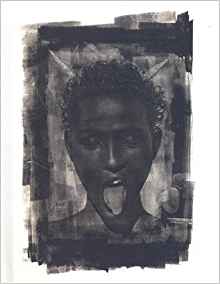
Cyclops: A Collection of Photographs by Albert Watson
Albert Watson OBE (born 1942) is a Scottish fashion, celebrity and art photographer. He has shot over 100 covers for Vogue and 40 Rolling Stone covers since moving to the USA in the mid-1970s.
Watson’s prints are exhibited in galleries and museums worldwide. Photo District News named him one of the 20 most influential photographers of all time, along with Richard Avedon and Irving Penn, among others. For me, he is a real master of black & white techniques, both with the camera and in the darkroom.
He got his nickname ‘Cyclops’ because he was born with sight in only one eye.
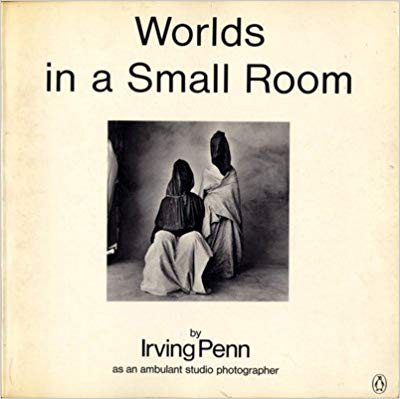
Worlds in a Small Room by Irving Penn
This is one of my favourite photographic books of all. Penn developed an individual style of photographing artists, celebrities, tradespeople, and ‘regular folks’ that has had enormous influence on every photographer since, including me. He was among the first photographers to pose subjects against a simple grey or white backdrop and he effectively used its simplicity.
He also embarked on a series of photo essays, taking his camera to locations around the world which at that time were still largely unexplored: Peru, Timbuktu, New Guinea, Crete, Spain, Dahomey, Cameroon, Nepal, Morocco as well as the more obscure backwaters of his native America.
This book is beautiful, and is a must-have.
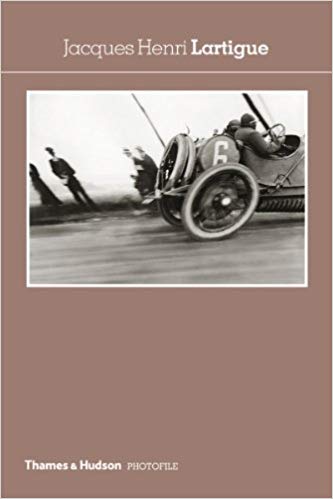
Jacques Henri Lartigue (Photofile)
Lartigue’s pictures always make me smile. They make me feel happy.
He was a French photographer and painter, known for his pictures of automobile races, planes and Parisian fashion models. Born in France to a wealthy family, Lartigue started taking photographs when he was seven. He photographed his friends and family at play – running and jumping; driving home-built racing cars; making kites, gliders as well as aeroplanes; and climbing the Eiffel Tower. He was only ‘discovered’ at the age of 69.
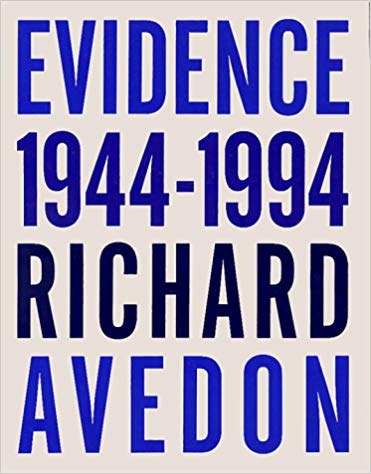
Richard Avedon: Evidence
What can I say about Richard Avedon? He ‘invented’ a number of different styles, particularly within the portrait genre, that have influenced many famous photographers since.
Avedon was an American fashion and portrait photographer. An obituary published in The New York Times said that “his fashion and portrait photographs helped define America’s image of style, beauty and culture for the last half-century”.
When I started taking photographs professionally in 1968, he was the one we all wanted to be.
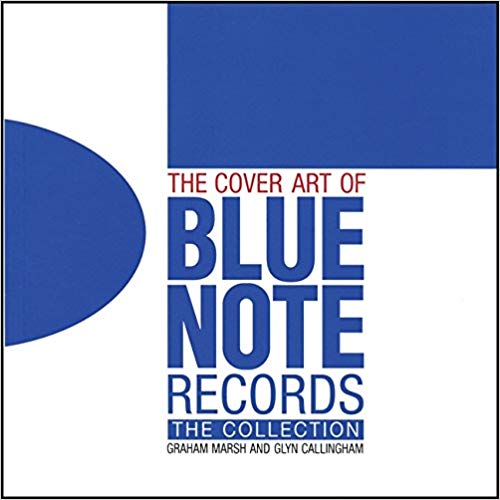
The Cover Art of Blue Note Records
Strictly speaking, this isn’t a photography book at all. It’s about the graphic design of the album covers of Blue Note, a specialist jazz label founded in 1939 and still going strong. Their small in-house design team made such fantastic and innovative use of photography for their covers that I’ve included it on my list of recommendations.
Once you open the book, you will see that their unique house style still influences album design – and photography – to this day.
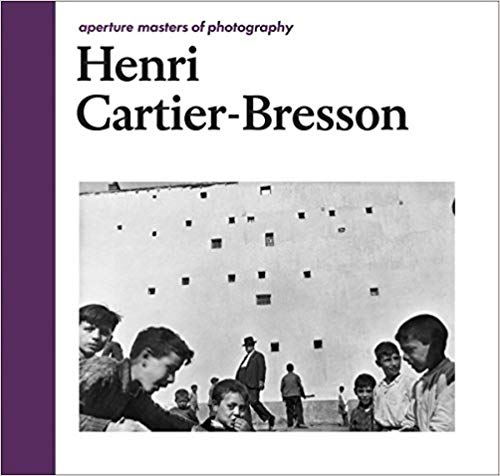
Henri Cartier-Bresson (Masters of Photography)
Many photographers and critics regard Cartier-Bresson as the greatest master of street photography. He was an early user of 35 mm film and Leica cameras. He pioneered the genre of street photography, and viewed photography as capturing a decisive moment. Cartier-Bresson was one of the founding members of Magnum Photos in 1947. He was always meticulous, and was renowned for hanging around for hours waiting for the exact moment to take his shot. He was also against cropping images in the darkroom. Many of his images have been reproduced so often that you will probably recognise them straight off.
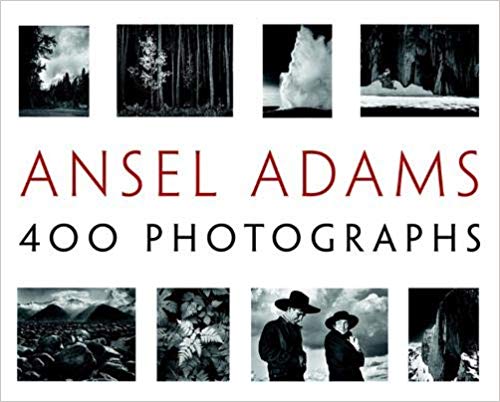
Ansel Adams: 400 Photographs
Adams was an Amercian landscape photographer and environmentalist best known for his black-and-white images of the American West. He and his colleague John Davies developed an exacting system of image-making through a highly technical understanding of how tonal range is recorded and developed in exposure, negative development, and printing. The resulting clarity and depth of such images characterized his photography, especially his vast landscapes. An absolute master of black & white photography – but be aware: most of his work was done on large format cameras and is very difficult to reproduce his effects with 35mm.
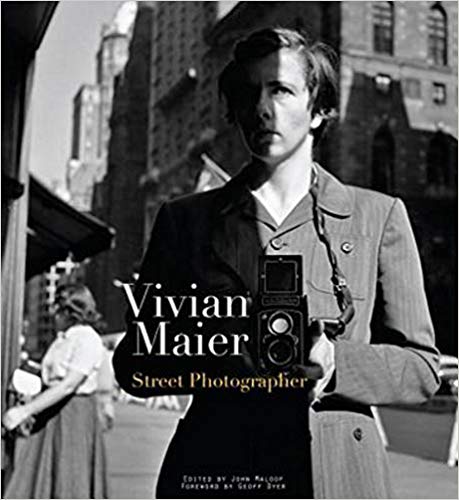
Vivian Maier by Vivian Maier
I absolutely love this woman’s work, yet until recently, I had never heard of her. Mind you, neither had anyone else. Vivian Maier was an American street photographer who worked for about forty years as a nanny, mostly in Chicago’s North Shore, pursuing photography only during her spare time. She took more than 150,000 photographs during her lifetime, primarily of the people and architecture of Chicago, New York City, and Los Angeles, although she also travelled and photographed worldwide.
During her lifetime, Maier’s photographs were unknown and unpublished; many of her negatives were never even printed. A collector, John Maloof, acquired some of her photos in 2007, and linked his blog to a selection of Maier’s photographs on Flickr. The results went viral, with thousands of people expressing interest. Maier’s work subsequently attracted critical acclaim, and her photographs have been exhibited around the world.
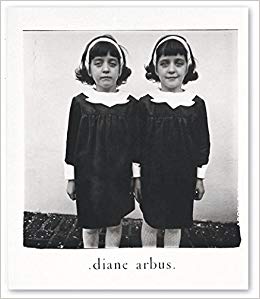
Diane Arbus: An Aperture Monograph
Diane Arbus is one of those artists that people either love or hate. I love her work. She was an American photographer who famously worked to ‘normalise’ marginalised groups and highlight the importance of proper representation of all people. She worked with a wide range of subjects including members of the LGBTQ+ community, strippers, carnival performers, nudists, dwarves, children, mothers, couples, elderly people, and middle-class families. Some people accuse her of running a freak show. I’m not one of her accusers. She was a true original, and at an exhibition of her work in London some years ago, I wandered around, mesmerised. I disappeared into her world.
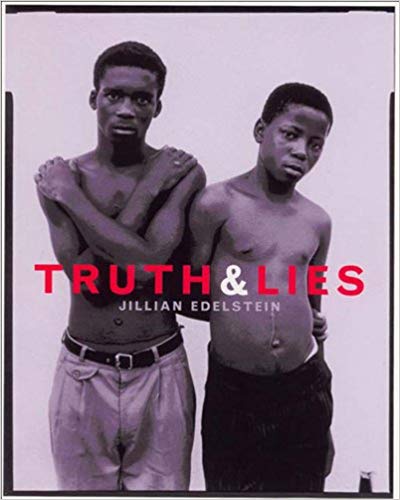
Truth And Lies: by Jillian Edelstein
I have a confession to make: conflict of interest. Jillian Edelstein is a personal friend of mine. I both love and hate going to her place and looking through her work. I hate going there because I get very envious of her abilities, both technical and inter-personal, and at the subjects she gets to photograph. Just take a look and you’ll understand why I love looking at her work: Sandra Oh, Leonard Cohen, Gillian Anderson, John Malkovich, James Baldwin, Amy Winehouse – and Nelson Mandela, for God’s sake …
Jillian began her career as a press photographer in Johannesburg, South Africa, and her portraits have appeared in a wide range of publications, including The Sunday Times Magazine, New York Times Magazine, Observer Magazine, Time, Vanity Fair, Life and The New Yorker.
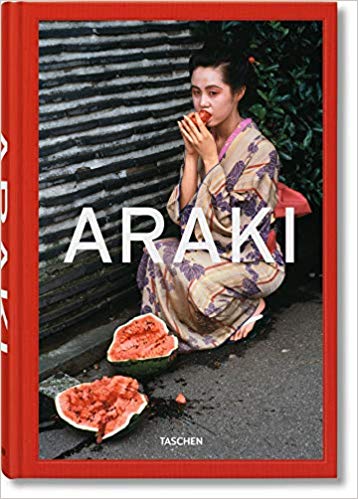
Araki by Araki by Nobuyoshi Araki
A warning note: many of Araki’s images are nudes, and some include bondage. If these images might offend you, please avoid.
Nobuyoshi Araki is a Japanese photographer and contemporary artist. He is also known by the nickname Araki. He has published over 500 books. He is known primarily for two things: images that blend eroticism and bondage in a fine art context, and secondly, street scenes in his native Japan.
I first discovered Araki in the late 90’s at an exhibition in Florence and was immediately captivated. He has a great spontaneity about many of his pictures, while others are clearly elaborately prepped and staged. He has a wicked sense of humour too. I don’t think I’ve ever seen an Araki image I didn’t love – and there are many thousands.

John Yoko Imagine
I have another conflict of interest confession to make. This book contains an interview with me, as well as several of my photos from the times I met these two fantastic people. But that’s no reason not to buy it! It’s a beautiful project that I am very proud to have been part of, and it documents the making of a classic album by one of the great cultural icons of the twentieth century – and he gives Yoko full credit for her part in writing the title song ‘Imagine’ and her input to the album as a whole, including the cover.
My Photos
See examples of my work throughout my career
Music
Rock and Pop legends I've had the privilege to photograph
Tutorials
All the know-how from my 50 years is now at your disposal
Your Photos
Send me your photos for critique and improve your photography
Blog
Insights, stories and photography adventures over my career
Culture Vulture
Exhibitions, galleries, shows and other cultural events to attend
